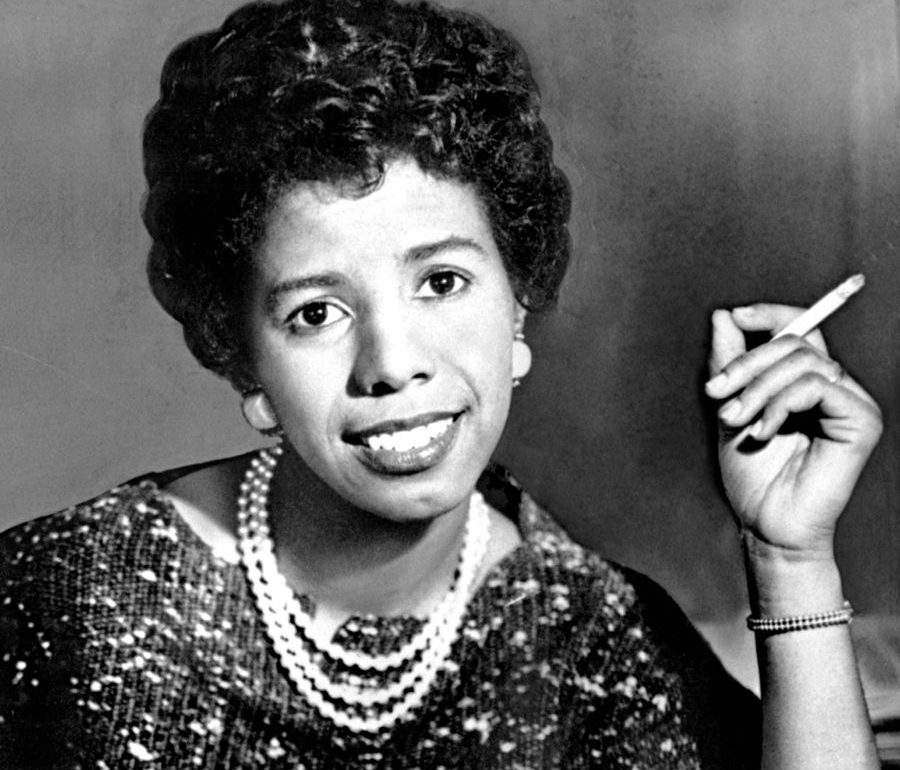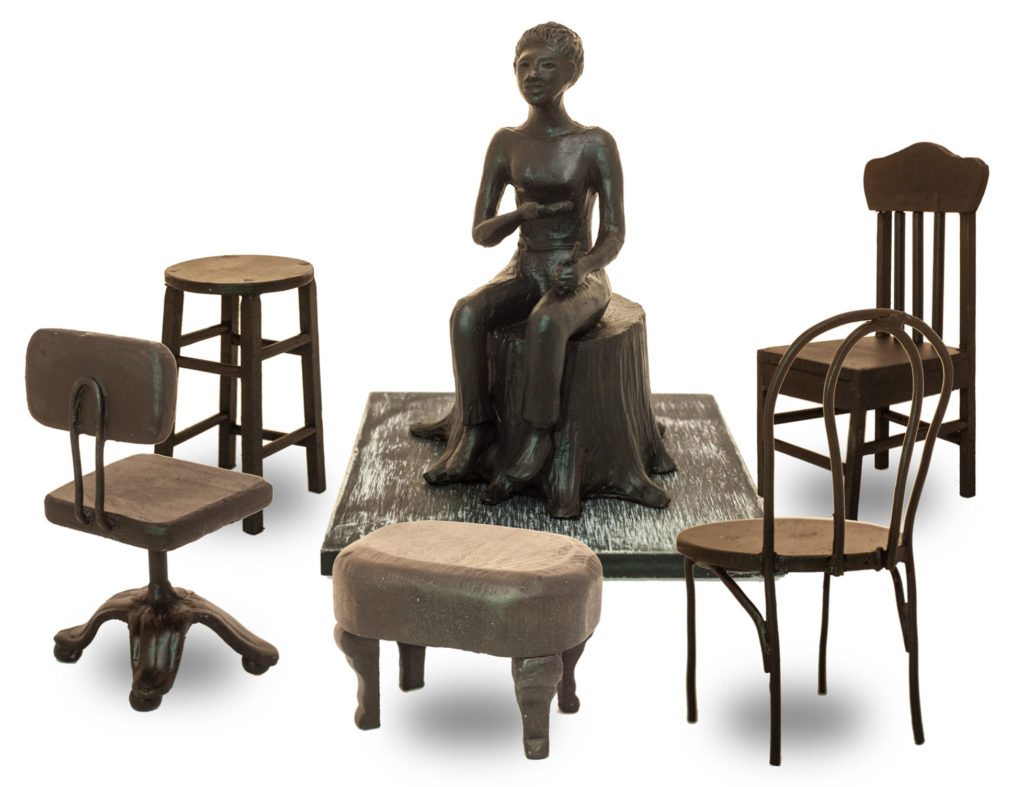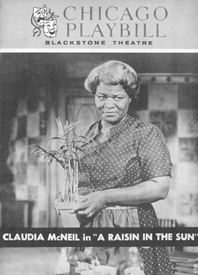[Earlier
this month, the Broadway League, the national trade association for Broadway
theater-owners and -operators, announced that it would drop its requirement that all members of the audiences at their theaters must wear masks inside the buildings in July.
[I feel the decision is precipitous and premature, but while the policy was still in effect, there were theatergoers who flouted it, putting their own personal interests above the health and safety of other spectators and the artists, crew members, and building staffs who work in the theaters.
[There was a highly publicized incident at the Bernard B. Jacobs Theatre last April that spotlighted the selfishness of one theatergoer and several prominent actors responded. I’m posting two columns reporting the incident because not only is it topical, but it happens to illustrate my own position on the issue of wearing masks in places like theaters while Covid is still around. And it is!
[Actors Patti LuPone, Hugh Jackman, and Sam Rockwell, who are all quoted in the New York Times report below, say what I feel on the subject. They also make a strong argument against what they, and I, see as irresponsible behavior of some New Yorkers.]
* * * *
“YOU DON’T WANT TO
WEAR A MASK? DO IT FOR HUGH JACKMAN.”
by Ginia Bellafante
[The article below appeared in the “Metropolitan” section of the New York Times on Sunday, 26 June. Ginia Bellafante writes the “Big City” column, a weekly commentary on the politics, culture, and life of New York City.
Beginning in July, Broadway will no longer require audiences to mask up. Actors and theater workers aren’t loving the idea.
Last month, in a much-celebrated moment of public disciplining during a talk back with the cast of “Company” [at the Bernard B. Jacobs Theatre], a woman in the audience who was told to please put her mask back on refused and then, mocking the directive, waved it in the air and placed it over her eyes. Up onstage, Patti LuPone was not having it and told her to get out. As if incubated in a lab manufacturing legend-resistant organisms — and unlike almost anyone else on the west side of Manhattan — this was a person immune to the ire of Patti LuPone. Yelling back defiantly, she proclaimed, “I pay your salary.” A member of the theater’s Covid safety staff proceeded to escort her out of the building.
In the actress’s view, the woman should have been ejected as soon as it was clear that she was not going to wear a mask. “It shouldn’t have been up to me,” Ms. LuPone said. I called her earlier this week to gauge her feelings on the theater world’s changing Covid protocols. On Tuesday [21 June], the Broadway League, a trade association, announced that owners and operators of all Broadway’s 41 theaters would put a mask-optional policy into effect beginning on July 1, just as the 2022-23 season was kicking off.
In a written statement, the League’s president, Charlotte St. Martin, did not even pretend to ground the decision in statistics. “Millions of people enjoyed the unique magic of Broadway by watching the 75th Tony Award Ceremony recently [12 June],” she began, overlooking the fact that “watching” typically takes place at home.
“Are they afraid that they’re losing audiences?” Ms. LuPone wondered, pointing out that masks were still required of casts and crew backstage. “I don’t know.” Unions, nearly a dozen of which are involved in governing the theater industry, have pushed for strict safety rules since the beginning of the pandemic.
After rising steadily for a decade, Broadway earnings have taken an obvious beating over the past two years. Grosses for the week ending June 19 fell to $29 million from a prepandemic peak late in 2019 of nearly twice that. Covid outbreaks among performers have stymied productions, further complicating things. A few weeks ago, Hugh Jackman, currently starring in “The Music Man” [Winter Garden Theatre], tested positive for Covid for a second time, leaving the role of professor [sic] Harold Hill to Max Clayton.
Even though case rates have fallen recently after a late spring surge, the seven-day average in New York City is still more than 10 times what it was last June. Regardless, Broadway theaters — old, windowless and often poorly ventilated — present particular vulnerabilities to those working in them, especially actors who are communicating intimately with one another onstage, unmasked.
Sam Rockwell, who is starring in “American Buffalo” at Circle in the Square, is one of several actors I spoke with who is unnerved by the change in policy. “We’re doing theater in the round,” he told me. “The other day I had a guy cough four feet in front of me.” He and the rest of the cast and crew test constantly. “We test in order to have the privilege to take the mask off. We earn the privilege to take the mask off and spit saliva on the stage,” he said. “I don’t know if it occurs to the audience that they’re protecting the actors onstage. If someone is mad because they have to wear a mask, they have to know that we are testing everyday [sic].”
It is hard to see who benefits from removal, given that people who go to the theater tend to skew older and have traveled to New York from somewhere else. Moreover, anyone who has held back from seeing shows out of a fear of Covid is unlikely to spend hundreds of dollars to do so now that strictures have loosened. “Just looking at it pragmatically, this is not serving the audience,” Mr. Rockwell said. “It’s about, Do you want to see Hugh Jackman in the show? Do you want to go see that show without Patti? Because let me tell you, if she gets Covid, she’s not in the show for 10 days.”
Last week, six out of the 11 cast members of the acclaimed Tracy Letts play, “The Minutes” [Studio 54] were out sick. One of them, Blair Brown, now in her 70s, has been especially cautious over the past two years, staying away from restaurants and public transportation. She did not understand how the League would periodically reassess the need for masks — which it has committed to doing — considering that there is no system for tracking transmission in theaters.
While it might be hard for the public to feel sympathetic toward actors, who seem in every way swimming in privilege, most who appear on the New York stage do not make up the ranks of the wealthy and well known. At the same time, according to the League’s own demographic study three years ago, the average annual household income of the Broadway theatergoer is $261,000. If you don’t want to wear a mask for Hugh Jackman, you might want to do it for the actor in the chorus who is making a lot less than that — the one with two lines, who is headed to bed early to teach a barre class at Equinox the next morning.
[Ginia Bellafante has served as a reporter, critic and, since 2011, as the “Big City” columnist. She began her career at the Times as a fashion critic,and has also been a television critic. She previously worked at Time magazine.]
* *
* *
“PATTI LUPONE
SHUTS DOWN ANTI-MASK AUDIENCE MEMBER: ‘WHO DO YOU THINK YOU ARE?’”
by Wilson Chapman
[The following report was posted on the website of Variety, the theater trade paper, on 11 May (https://variety.com/2022/legit/news/patti-lupone-company-anti-mask-covid-1235264323/.)]
Broadway legend Patti LuPone is famous for her long history of calling out theatergoers who fail to follow proper theater etiquette, and that continued Tuesday [10 May] when she exchanged harsh words with an anti-mask attendee during a production of “Company” on Broadway.
The interaction occurred after the show, when LuPone — who stars in the musical as Joanne — appeared with the rest of her cast in a post-show Q&A hosted and filmed by the American Theater Wing. During the Q&A, LuPone called out a patron who wasn’t wearing a mask properly. Currently, the Broadway League’s COVID safety protocols requires all audience members to wear a mask inside theaters through at least May 31.
“Put your mask on over your nose, that is the rule,” LuPone says in a viral Twitter video. “That’s why you are in the theater, that is the rule. If you don’t want to follow the rule, get the fuck out!”
After applause from the rest of the audience, LuPone continued. “I’m serious. Who do you think you are, if you do not respect the people that are sitting around you?”
After a woman in the audience told LuPone “I pay your salary,” LuPone responded by telling her “You pay my salary? Bullshit. Chris Harper pays my salary,” referring to the producer of “Company.” “Who do you think you are? Just put your mask over your nose.”
This isn’t the first time LuPone has had harsh words for theatergoers who have attended her shows. In 2009, while starring in a revival of the classic musical “Gypsy,” she stopped her performance of the closing song “Rose’s Turn” to demand that an audience member taking pictures be thrown out of the theater. In 2015, she made headlines for snatching a phone from the hands of a texting audience member while performing in a Lincoln Center production of “Show Days.”
On Monday, LuPone
received a Tony nomination for supporting actress in a musical for her
performance in “Company.” The nomination is her eighth over the course of her
career. She’s won twice, for her leading role in “Evita” in 1980 and for her
performance in “Gypsy.”
[LuPone also won a Tony and a Drama Desk Award for her performance as Joanne in the current production of Company. (Both Jackman and Rockwell were nominated for Tonys for their current performances on Broadway. American Buffalo will close on 10 July and Company on 31 July.)
[The video of LuPone’s mask reprimand is on YouTube at Patti LuPone scolds audience member for not wearing a mask | USA TODAY - YouTube.
[Over the years, I’ve witnessed a few occasions when an actor had to address someone in the audience outside the performance. I was at a performance of Lillian Hellman’s Little Foxes in July 1981 when Elizabeth Taylor, playing Regina Giddens, stopped in mid-speech to admonish someone up in the balcony who was taking flash photos. Taylor said she wouldn’t continue until the photographer stopped or left the theater.
[In another instance, at a 1976 production of Henrik Ibsen’s The Lady from the Sea at Circle in the Square uptown with Vanessa Redgrave as Ellida, John Heffernan, as Professor Arnholm at stage right by the railing that separated the audience from the performance area in that peculiarly shaped theater, paused in a line and looked at a couple of women right down front and said to them, “Are you through?” Clearly they’d been chatting while he was acting!
[Later that year, when I was doing my MFA thesis performance (in classmate William Mastrosimone’s thesis play, Devil Take the Hindmost), I had one scene right down front in a tavern set. I was at a table with a camp-follower character I had picked up. At one point, I heard snoring.
[It persisted, and I
thought it was someone in the front of the house who’d fallen asleep and was
being rude and inattentive. I was just
about to say something, remembering Heffernan’s actions . . . when I realized
it was my camp follower, who was acting having gotten drunk and passing out at
the table next to me! I’d never noticed
her doing that before—I think the actress had embellished the bit without
telling me. I almost embarrassed myself!]


